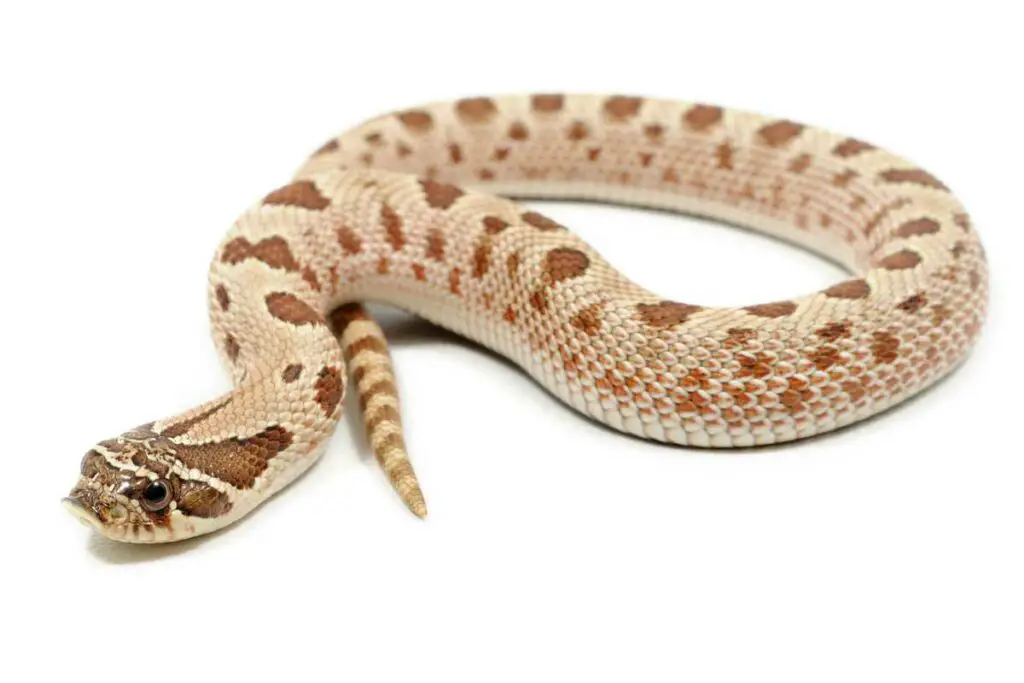Growing a garden isn’t just about your gardening talents or what plants are right for the climate in which you live.
Maintaining a garden is also about crafting a relationship between you, your plants, and the nature around it all.
As a part of nature, bugs in the garden are unavoidable, but while some eat and destroy plants, others are wonderfully beneficial and can actually make your garden healthier!
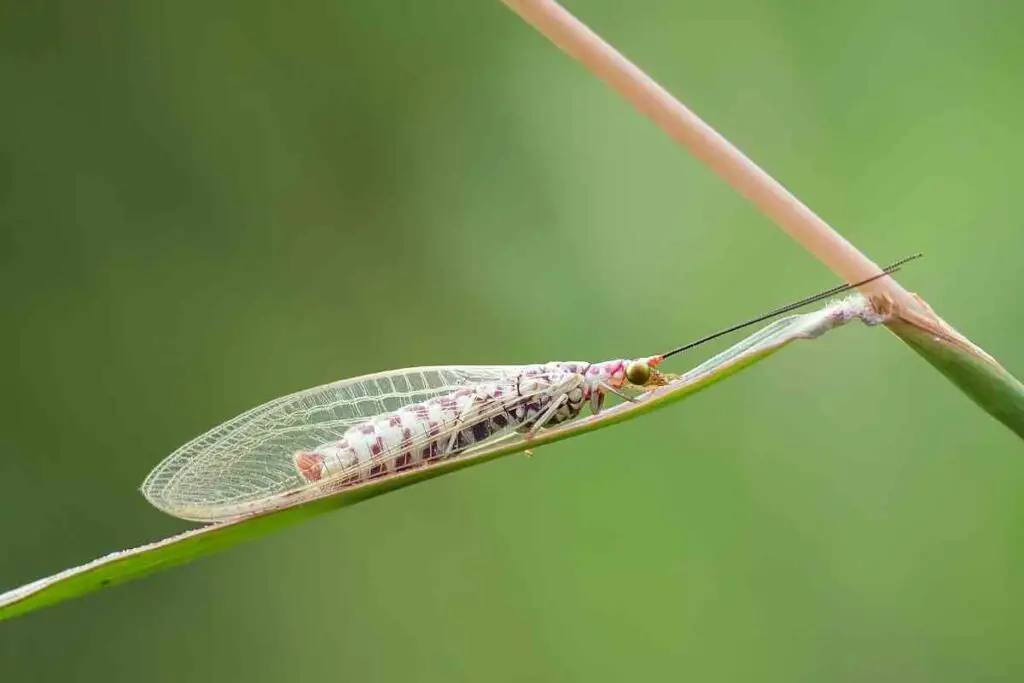
Two of these helpful bugs are lacewings and ladybugs.
So, how do you attract lacewings and ladybugs?
Attracting lacewings and ladybugs is best done by providing them with their favorite foods and planting flowers and other plants that they enjoy living in. All in all, attracting ladybugs and lacewings is all about crafting the perfect environment.
Table of Contents
How Do I Encourage Lacewings In My Garden?
Lacewings are small, inch long flying insects that have two main life stages:
- larvae
- and adult
These different life stages have different wants and needs for an environment, so to attract lacewings and keep them around for life, it’s important to provide for both the larvae and the adults.
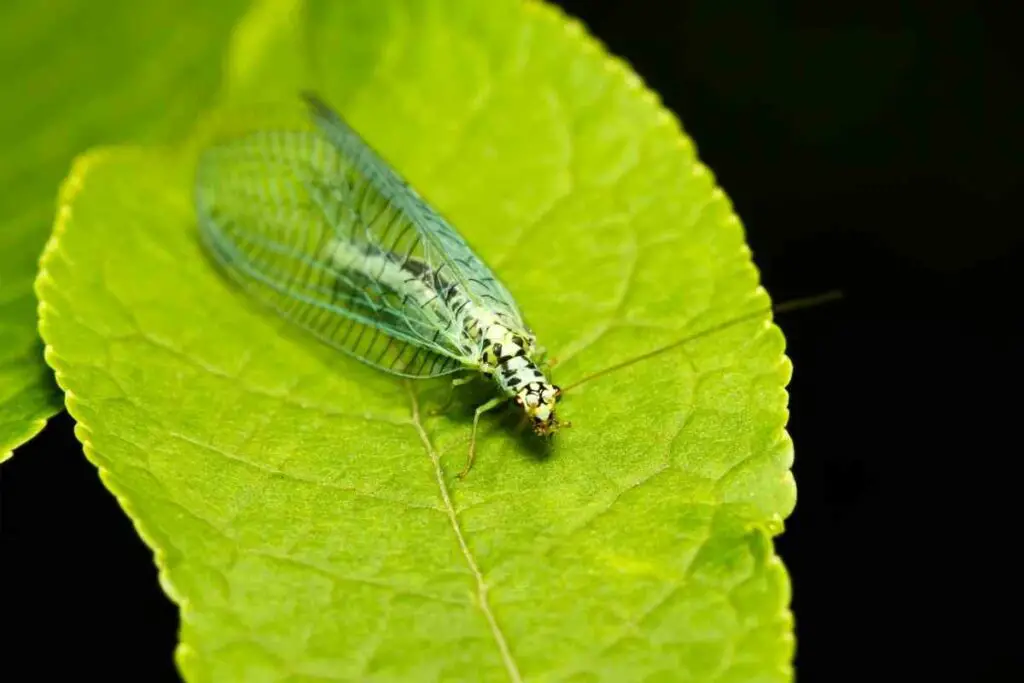
We want lacewings in our garden because they feed on problematic insects like ants and aphids, while not harming the plants at all themselves.
What Do Lacewings Feed On?
Lacewing larvae and lacewing adults have different dietary requirements, so to attract them, we want to have food for both life stages in our garden.
Lacewing Larvae
Lacewing larvae are surprisingly fierce little bugs, so much so that they have the nickname ant lion.
Some species of lacewing larvae will bury themselves in the dirt and ambush their prey.
One thing is for sure, all of these larvae are predators.
Lacewing larvae’s favorite foods are aphids and ants.
Key Takeaway: To attract lacewing larvae, it’s important to avoid using any insecticides while also allowing a small amount of aphids in the garden. Where there are aphids, there is likely to be lacewing larvae.
Lacewing Adults
Unlike their strictly-predatory larval stage, lacewing adults can be occasionally predatory, feed on nectar, and some don’t consume any food at all.
To attract the more easily-fed adults, plant flowers like cosmos, Queen Anne’s lace, and yarrow.
What Plants Attract Lacewings?
To attract lacewings, we want plants that they can both feed from and lay their eggs on.
Some plants that lacewings love are:
- Cosmos
- Milkweed
- Yarrow
- Asters
- Daisies
How Do I Attract Ladybugs In My Garden?
Like lacewings, ladybugs are powerhouses when it comes to eating the destructive aphid.
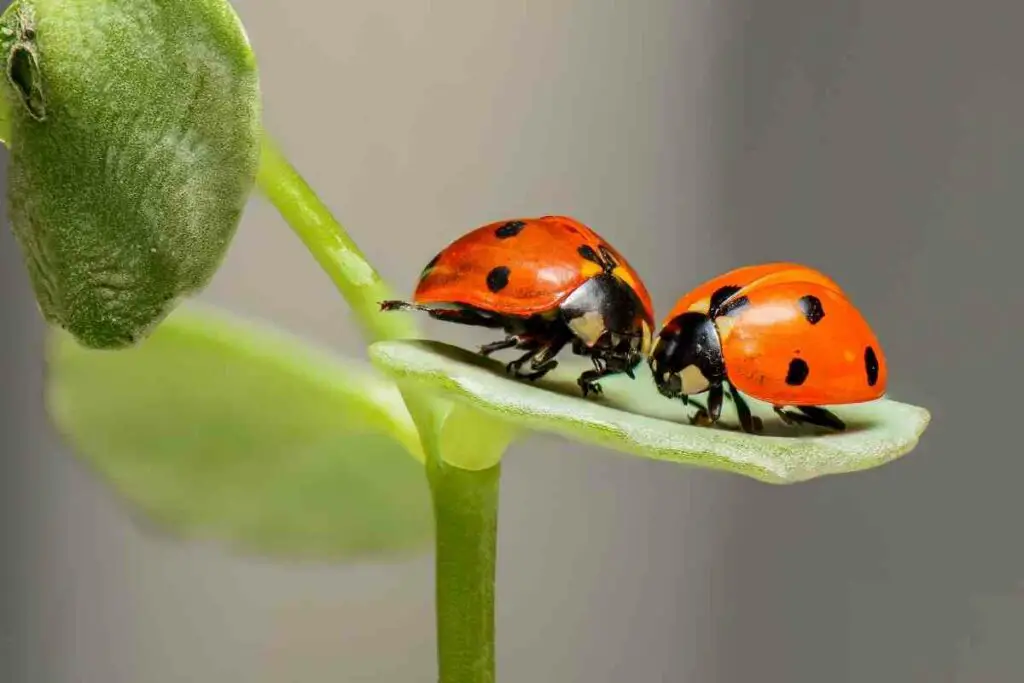
Aphids can decimate smaller gardens in a matter of days, so attracting beneficial insects like ladybugs that can keep their numbers low is important.
To attract ladybugs, we need to keep them fed and provide an environment they enjoy.
What Do Ladybugs Feed On?
Ladybugs love to snack on aphids and mites, so to attract the ladybugs, first you need to ascertain that you have enough for them to eat.
It may seem problematic to want to have aphids and mites around, but ladybugs will keep the pest insects in check.
Mites and aphids like plants like cabbages and radishes, so if you plant these vegetables, not only are you providing prey for ladybugs, you’re also drawing the pest insects away from your more valuable plants.
Ladybugs also enjoy easily accessible sources of water, so small dishes of water in your garden will help keep your ladybugs hydrated and happy.
Lastly, you can supplement a ladybug’s diet and keep them coming back by spraying your plants with a solution of water, brewers yeast, and honey.
When aphids and mites are scarce, this solution will help keep your ladybugs from leaving:
- Ladybug Food Recipe
- 2/3 cup warm water
- 1/2 cup sugar
- 1/4 cup brewer’s yeast
- 2 teaspoons honey
Mix these ingredients together and spray it on your plants once or twice a week. Don’t overdo it, because the honey can build up and become sticky.
This solution can keep for up to 10 days when refrigerated.
What Plants Attract Ladybugs?
Ladybugs don’t only eat aphids and other small bugs.
They also love pollen, so to attract them to your yard, plant plants with lots of pollen-rich flowers for the ladybugs to feast on.
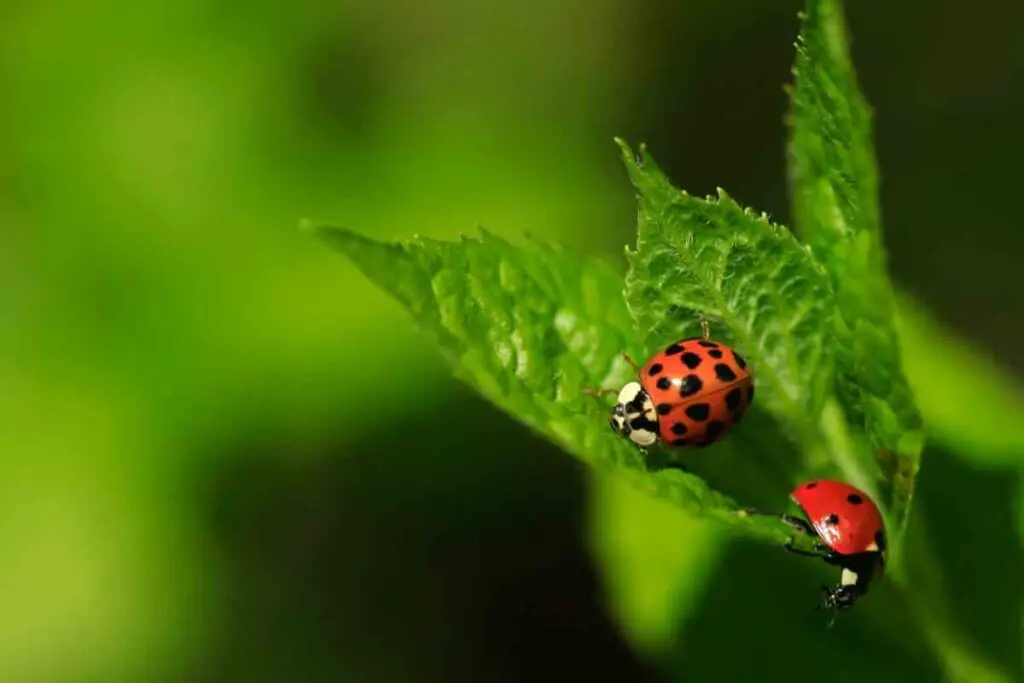
Some of the plants that ladybugs enjoy most are:
- Butterfly Weed
- Calendula
- Caraway
- Chives
- Cosmos
- Geranium
- Marigold
- Parsley
- Yarrow
Make sure to deadhead your flowers as the blooms die off.
This allows more blooms to take their place, and therefore, provides more food for ladybugs. Dried-up blooms provide no pollen.
Ladybugs also use ground cover plants, like oregano, to hide from predators. Plant oregano, creeping ivy, or thyme to give your ladybugs a safe place to live.
As always, avoid insecticides when trying to attract ladybugs to your plants.
From Experience: If ladybugs decide to make their home in your garden, they should keep pests away, so you can avoid the harsh insecticide chemicals.
In Conclusion
Lacewings and ladybugs are wonderful for keeping pests at bay in your garden, but to attract them, a few steps must be taken.
To bring ladybugs and lacewings in, and to keep them around, you must:
- Provide proper ladybug and lacewing food
- Fill your garden with plants and flowers for the ladybugs and lacewings
- Avoid insecticides and other harsh chemicals
If you make your garden an irresistible destination for ladybugs and lacewings, they’re sure to come and visit, and if you’re lucky, they’ll stay for good.




